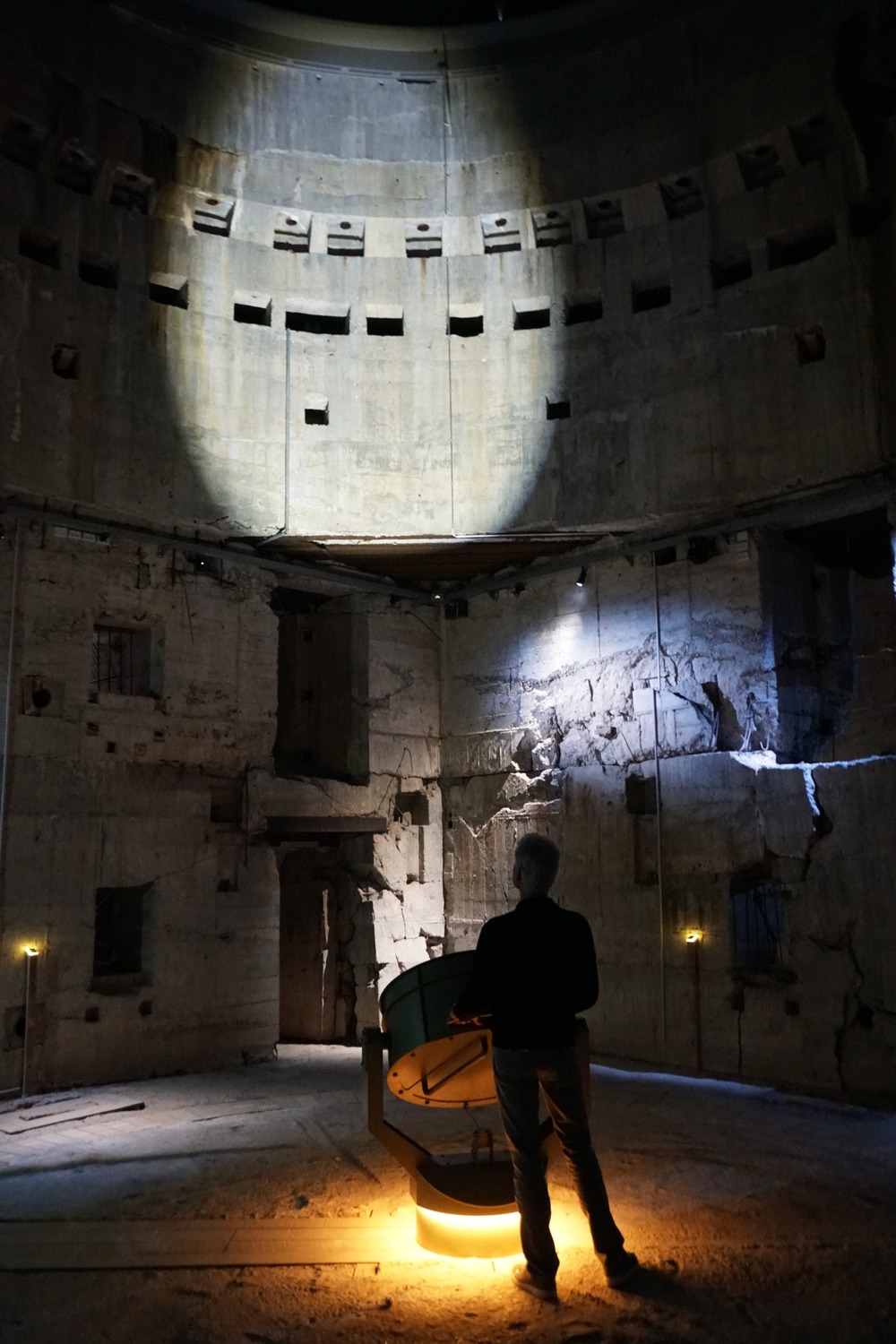
Photography: Rasmus Bendix

Photography: Mike Bink Photography

Photography: Rasmus Hjortshoj

Photography: Colin John Seymour

Photography: Colin J. Seymour

Photography: Erik Bär

Photography: Mike Bink Photography
Bjarke Ingels has designed a new museum in Blåvand, Denmark, that joins a Nazi-era bunker with an ‘invisible’ exhibition space sliced into the sand-dunes.
Tirpitz was built in late 1944 as part of Hitler’s Atlantic Wall defences, which ran from Nordkapp in Norway all the way down to the Pyrenees. The monolithic fortress was meant to protect the sea route into Esbjerg harbour, but the war ended before it was complete, leaving an ominous scar among the dunes of West Jutland.

For 25 years, the concrete bunker has served as a museum, but programming was limited by the building’s form – designed to protect soldiers rather than artefacts. Bjarke Ingels Group (BIG) has adapted the building and added a new extension.
‘The architecture of the Tirpitz is the antithesis to the WWII bunker,’ says Ingels, who designed the 2016 Serpentine Pavilion in London. ‘The heavy hermetic object is countered by the inviting lightness and openness of the new museum. The galleries are integrated into the dunes like an open oasis in the sand – a sharp contrast to the Nazi fortress’ concrete monolith.’

BIG’s glass-fronted, 2,800 sq m design features a sloping grass-covered roof which helps it hunker down among the dunes. Pathways burrow through the hillside leading to the museum’s new courtyard, which allows access to four subterranean gallery spaces.
Says museum director Claus Kjeld Jensen: ‘We wanted world-class design; but also the museum had to have coherence with its natural surroundings. It is important that this space should embrace the light.’

Three permanent exhibitions, designed by Dutch agency Tinker Imagineers, inaugurate Tirpitz, which is part of the wider Varde Museum. They take visitors on a conceptual journey through the history of this far-flung Danish corner.
West Coast Stories explores 20,000 years of history in the region, examining how the tides ‘brought wealth’ to the area while claiming many lives. An Army of Concrete tells stories from WWII when the Nazis occupied the area, while Sea Gold displays Denmark’s largest collection of amber alongside replicas of 40 million-year-old trees.

‘Tirpitz is an incredible, one-of-a-kind experience – violent, astonishing, dramatic, hidden – almost invisible,’ adds Jensen.
The Blåvand attraction is expected to draw 100,000 visitors a year and is open to the public daily.
It’s not the first subterranean space Bjarke Ingels has designed – he’s also the architect behind the Danish National Maritime Museum in Helsingør.
Read next:
How Germany’s wartime bunkers are being reborn
New museums opening in 2017






















